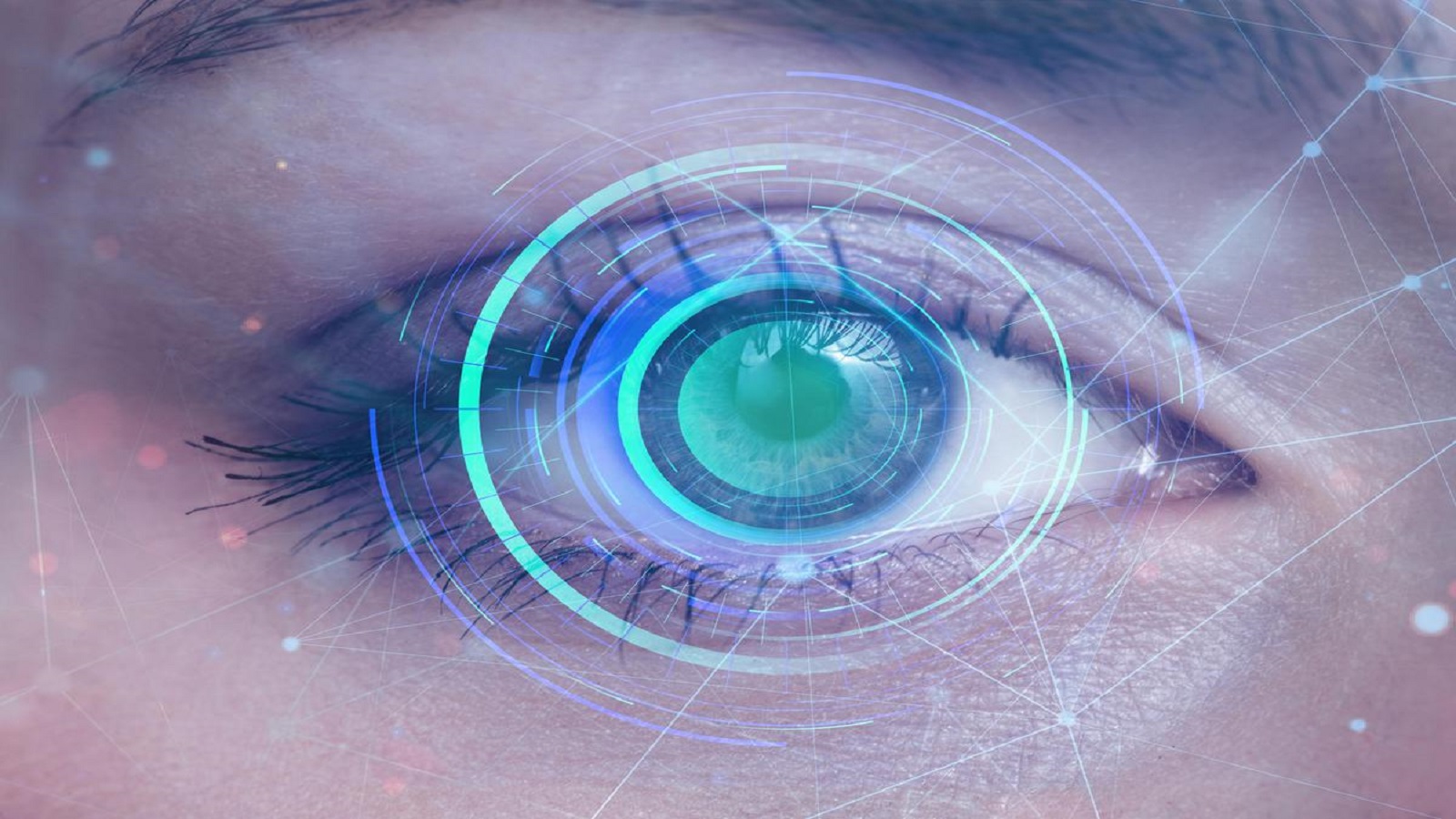| Vision is among the most valuable of our senses. It is responsible for the processing of a great amount of information. The positioning of our eyes helps us to capture communicated information; it also enables us as humans, to be natural predators, goal oriented, explorers and achievers. The story of David and Goliath, is probably the first story that talks about a combat-related eye injury. David killed Golliath using a slingshot. The stone flung from David’s sling went directly into Golliath face causing his death from a trans-orbital injury. In the Medieval epochs, losing an eye during combat was considered to increase the warrior’s appearance as a person of great courage in the face of danger. Other classifications of eye injuries include sports and recreational-related injuries as well as occupational-related injuries (Hoskin et al., 2019). Ninety percent of eye injuries related to sports and workplace are preventable with the wear of appropriate eye protection. While historically eye traumas were mostly relevant among warriors, soldiers, workers, and sports people, today’s digital life has put at risk all the population including kids at school. The changing nature of today’s workplace and online learning due to COVID-19 pandemic has accentuated the risk of eye strain due to the increase of hours spent in front of digital devices. Portello and collaborators (2012) classified Digital Eye Strain (DES) symptoms into symptoms related to accommodation and symptoms related to dryness. DES symptoms related to accommodation include eye tiredness, headache, and blurred near vision. DES symptoms related to dryness include dry eyes, burning, itching, foreign body sensation, light intolerance, and watering. DES due to excessive use of digital screens has been the subject of many academic studies. A recent study has aimed to determine the prevalence, symptom frequency, and associated risk factors of DES among children of higher secondary school using digital devices for online learning during the COVID-19 pandemic (Mohan et al., 2021). According to the study by Mohan and collaborators, the most common symptoms associated with DES were itching and headache. Double vision and the perception of halos around objects were the least presented symptoms. In Mohan’s sample population, the prevalence of DES was 50.23%. 26.3% of the population had mild grade DES scores, 12.9% moderate grade, and 11.1% had severe grade DES scores. They found a positive association of DES with male gender, smartphone use, duration of digital device use, digital device distance, and the use of mobile games. Mohan and collaborators found that for children, smartphones have an independent risk factor for DES. The usage of smartphone leads to reduction in the blink rare increasing the risk for dry eye problems. Asthenopia symptoms are more frequent with smartphones because they have small screens and users have a tendency to use them at a short viewing distance. The prevalence for DES was higher for users who used smartphones for more than four hours; a result that has been reached by other studies too. Recommendations to follow with the use of Digital Screens: Many studies found that the prevalence of DES is positively correlated and directly proportional to the time spent in front of a screen. Therefore, it has been recommended to apply the 20/20/20 rule to minimize DES symptoms. That is to look at objects more than 20 feet away for 20 seconds after every 20 minutes of work in front of a screen. During the lockdown, children are staying at home and are restricted from outdoor activities. They are spending more time in front of screens playing videogames. A new described condition of DES emerged, it’s called Videogames Vision Syndrome. Constant breaks help in reducing Videogames Vision Syndrome. Increase the viewing distance to more than 17 inches for smartphones and more than 26 inches for other screens with a preferred position a bit underneath eye level. Keep your smartphone or tablets straight or use holders to prevent swinging your head into different positions and relentlessly changing your eye focus and torsion. Use standard 30 inches height desks with adjustable chair. Use proper ambient lighting avoid shadows and glare from reflecting surfaces. Employ anti-reflective lenses to reduce glare as well as UV and Blue-light blocking lenses to lower the risk of sleep perturbation due to blue light emitted from screens. Vision is among the most valuable of our senses. Our eyes process a great amount of information. Throughout history digital devices are the most important vehicles of flow of information. In the future we will be able to call our car from the parking lot with a blink of an eye (Kaku, 2018). According to Dr. Michio Kaku, we will have a seamless transfer of information from people to cars to medicine, all with the blink of an eye. Our eyes have been and will always be shining bright, so save their light. References: Hoskin, A. K., Mackey, D. A., Keay, L., Agrawal, R., & Watson, S. (2019). Eye injuries across history and the evolution of eye protection. Acta ophthalmologica, 97(6), 637-643. Kaku, M. (2018). The Future of Humanity: Terraforming Mars, Interstellar Travel, Immortality, and Our Destiny Beyond. Penguin UK. Mohan, A., Sen, P., Shah, C., Jain, E., & Jain, S. (2021). Prevalence and risk factor assessment of digital eye strain among children using online e-learning during the COVID-19 pandemic: Digital eye strain among kids (DESK study-1). Indian Journal of Ophthalmology, 69(1), 140. Portello, J. K., Rosenfield, M., Bababekova, Y., Estrada, J. M., & Leon, A. (2012). Computer‐related visual symptoms in office workers. Ophthalmic and Physiological Optics, 32(5), 375-382. |


